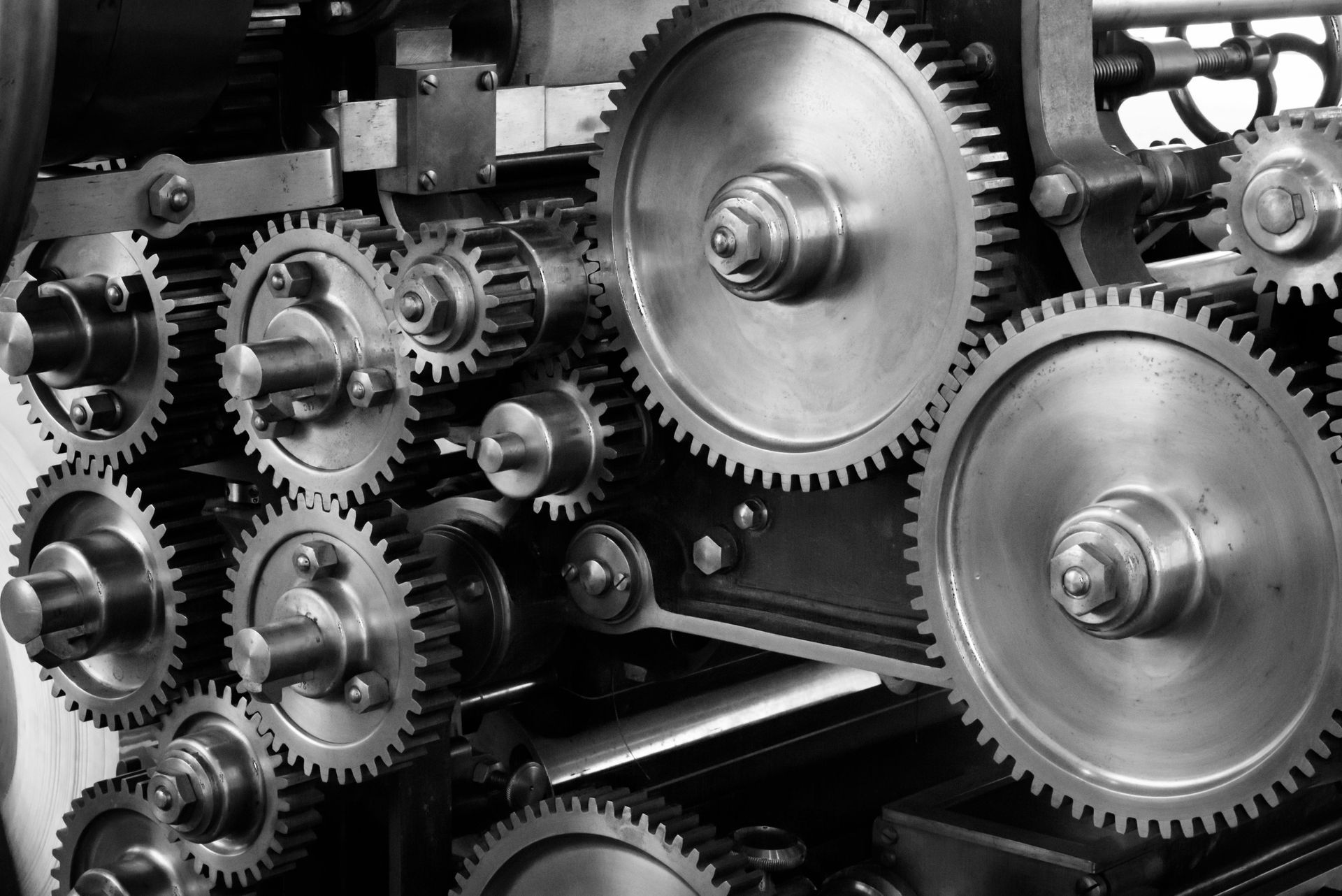Digital transformation continues to reshape the business landscape, and in 2025, one concept stands out as a pivotal force driving efficiency, innovation, and resilience: hyperautomation. No longer a futuristic buzzword, hyperautomation has matured into a strategic imperative for organizations aiming to thrive in an increasingly complex and dynamic world. At its core lies a powerful synergy between Artificial Intelligence (AI) and Business Process Automation (BPA), acting as the twin engines propelling organizations toward unprecedented levels of automation and intelligence.
What is Hyperautomation?
Hyperautomation, in essence, is the orchestrated use of multiple technologies, tools, and platforms to identify, examine, and automate as many business and IT processes as possible. It moves beyond traditional, siloed automation efforts by taking a holistic approach, leveraging advanced technologies like AI, Machine Learning (ML), Robotic Process Automation (RPA), Intelligent Document Processing (IDP), process mining, and low-code/no-code platforms. In 2025, we are witnessing the culmination of years of technological advancements, making hyperautomation not just a possibility but a tangible reality for businesses across industries.
The foundation of hyperautomation in 2025 is the robust and sophisticated integration of AI and BPA. BPA, with its ability to streamline repetitive, rule-based tasks through technologies like RPA and workflow automation, provides the essential framework for efficiency gains. However, the limitations of traditional BPA, primarily its inability to handle unstructured data and make complex decisions, are overcome by the infusion of AI.
How Does AI Support Hyperautomation?
AI, in its various forms, brings the cognitive capabilities needed to elevate automation to a new level. Machine learning algorithms enable systems to learn from data, adapt to changing conditions, and make predictions, enhancing the intelligence of automated processes. Natural Language Processing (NLP) allows machines to understand and process human language, unlocking automation possibilities in areas like customer service, document analysis, and communication. Computer vision enables machines to "see" and interpret visual information, automating tasks involving image and video analysis.
The convergence of AI and BPA in hyperautomation manifests in several key ways in 2025:
Intelligent Automation of Complex Processes: Traditional BPA often struggles with processes involving unstructured data, exceptions, and decision-making based on context. AI-powered BPA solutions, leveraging IDP for document understanding and ML for intelligent routing and decision support, can now automate end-to-end processes that were previously considered too complex. For example, in accounts payable, IDP can extract information from invoices in various formats, while AI algorithms can identify discrepancies, route exceptions for human review, and even predict potential payment issues.
Enhanced Decision-Making and Insights: Hyperautomation in 2025 goes beyond simply automating tasks; it empowers organizations with data-driven insights. By integrating AI-powered analytics with automated processes, businesses can gain real-time visibility into their operations, identify bottlenecks, predict future trends, and make more informed decisions. For instance, in supply chain management, hyperautomation can not only automate order processing and inventory management but also use AI to forecast demand fluctuations and optimize logistics based on real-time data.
Personalized Customer Experiences: AI-driven hyperautomation is revolutionizing customer interactions in 2025. Chatbots powered by NLP and ML can handle a wide range of customer inquiries, provide personalized recommendations, and escalate complex issues to human agents seamlessly. By automating routine customer service tasks, businesses can free up human agents to focus on more complex and high-value interactions, leading to improved customer satisfaction and loyalty. Furthermore, AI can analyze customer data to personalize marketing campaigns and tailor product offerings.
Improved Employee Productivity and Engagement: By automating mundane and repetitive tasks, hyperautomation frees up human employees to focus on more strategic, creative, and fulfilling work. This not only boosts productivity but also enhances employee engagement and reduces burnout. In 2025, we see organizations leveraging hyperautomation to automate tasks like report generation, data entry, and scheduling, allowing employees to dedicate their time to innovation, problem-solving, and customer relationship building.
Increased Agility and Resilience: The dynamic business environment of 2025 demands agility and resilience. Hyperautomation enables organizations to adapt quickly to changing market conditions and unexpected disruptions. Low-code/no-code platforms, a crucial component of the hyperautomation toolkit, empower citizen developers to build and deploy automated workflows rapidly, without extensive coding knowledge. This democratizes automation and allows business users to address their specific needs quickly, enhancing organizational agility. Furthermore, the ability to automate critical processes ensures business continuity even in the face of unforeseen challenges.
Hyperautomation in 2025 & Beyond
Several key trends are shaping the hyperautomation landscape in 2025:
- Cloud-Native Hyperautomation Platforms: The shift towards cloud computing continues to accelerate, and hyperautomation platforms are increasingly being offered as cloud-native solutions. This provides scalability, flexibility, and ease of deployment.
- Democratization of Automation: Low-code/no-code platforms are empowering business users to participate actively in automation initiatives, fostering a culture of continuous improvement.
- Hyper-Personalization through AI: Advanced AI techniques are enabling highly personalized automation experiences for both customers and employees.
- Focus on Process Intelligence: Tools for process mining, task mining, and process discovery are becoming increasingly sophisticated, providing deeper insights into business processes and identifying optimal automation opportunities.
- Integration of Sustainability Goals: Organizations are increasingly looking to leverage hyperautomation to optimize resource utilization, reduce waste, and contribute to sustainability initiatives.
4 Hyperautomation Challenges
While the benefits of hyperautomation are significant, organizations must address certain challenges:
1.Talent Gap: Implementing and managing sophisticated hyperautomation solutions requires skilled professionals with expertise in AI, RPA, and process optimization. Addressing the talent gap through training and strategic hiring is crucial.
2. Data Governance and Security: As hyperautomation relies heavily on data, robust data governance frameworks and security measures are essential to ensure data privacy and integrity.
3.Change Management: Implementing hyperautomation often requires significant changes to existing processes and workflows. Effective change management strategies are critical for successful adoption and minimizing resistance.
4. Ethical Considerations: As AI plays a more prominent role in automation, organizations must address ethical considerations related to bias in algorithms, transparency, and the impact on the workforce.
As the technologies underpinning hyperautomation continue to advance, its impact on the future of work and business will only become more profound, making it an indispensable strategy for any organization with aspirations for long-term success in the digital age. The journey towards a fully automated and intelligent enterprise is well underway, and hyperautomation in 2025, and beyond, is leading the charge. Ready to learn more? Schedule a demo to explore our AI Hyperautomation features and discover how it can transform your organization’s ROI using workflow automation.







